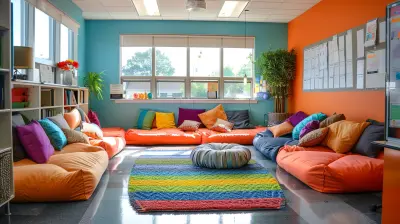How to Foster Collaboration Between Special and General Education Teachers
31 July 2025
Let’s be honest—collaboration in education can sometimes feel like two people trying to do a three-legged race without falling flat on their faces. Now, add in two completely different teaching backgrounds—special education and general education—and things can get even trickier.
But here's the secret: when special and general education teachers team up, magic happens. Students get the best of both worlds, and the classroom becomes a place where every learner feels seen, supported, and celebrated.
So, how do we actually make that collaboration work? Buckle up, because we’re diving into the world of co-teaching, shared goals, communication hacks, and a whole lot of coffee-fueled teamwork.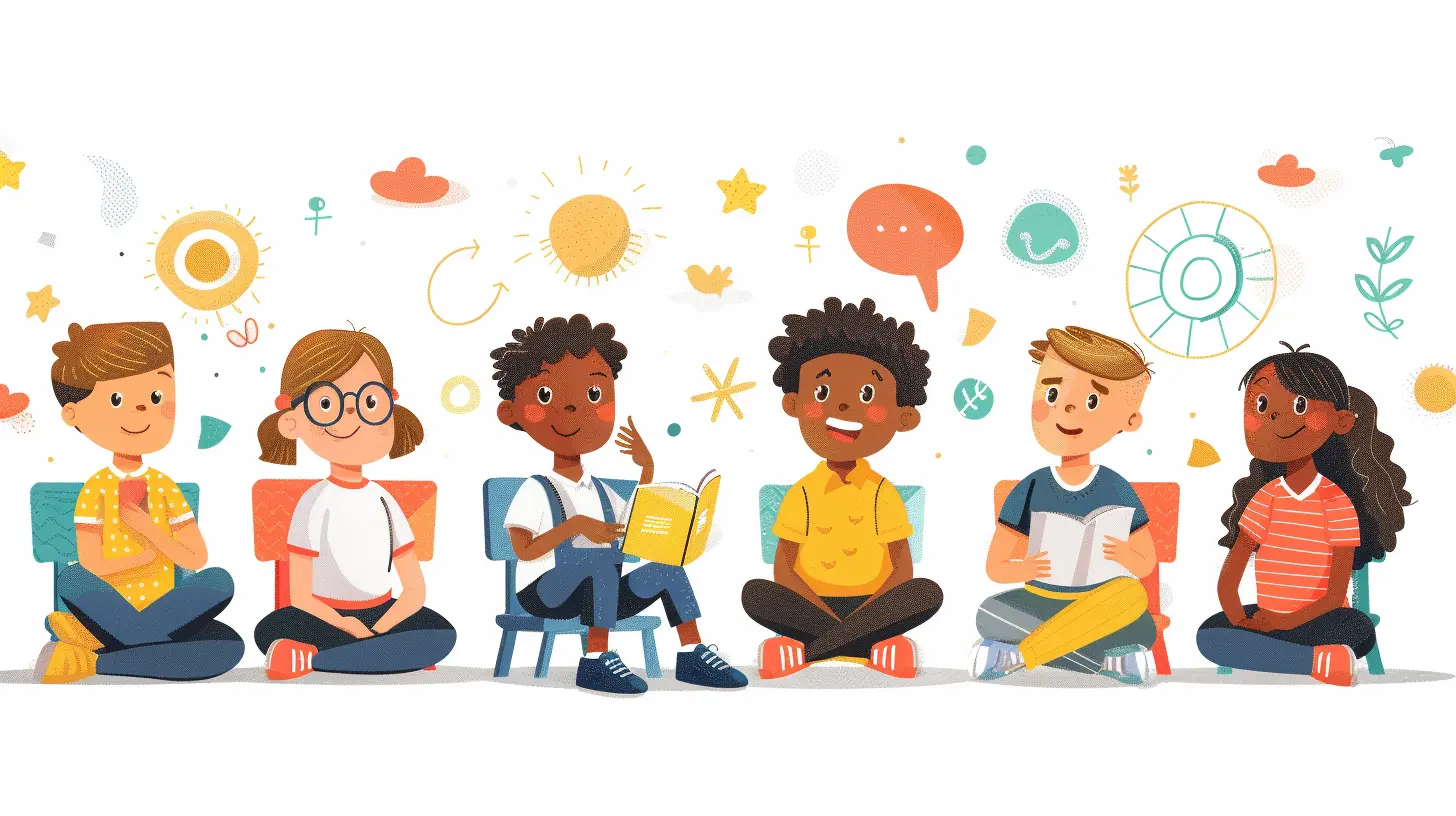
Why Collaboration Even Matters
Before we get into the how, let’s chat about the why. Why should general education and special education teachers work closely together?Simple. It’s better for everyone—especially the students.
Here’s what happens when collaboration is strong:
- Students with disabilities get access to the general curriculum in a supportive environment.- General educators learn inclusive strategies that benefit all students.
- Special educators feel like part of the team, not just the "guest teachers" popping in and out.
- The classroom becomes a more flexible and accepting place for every kind of learner.
Sounds pretty great, right?
Now let’s look at how to actually make this harmony happen.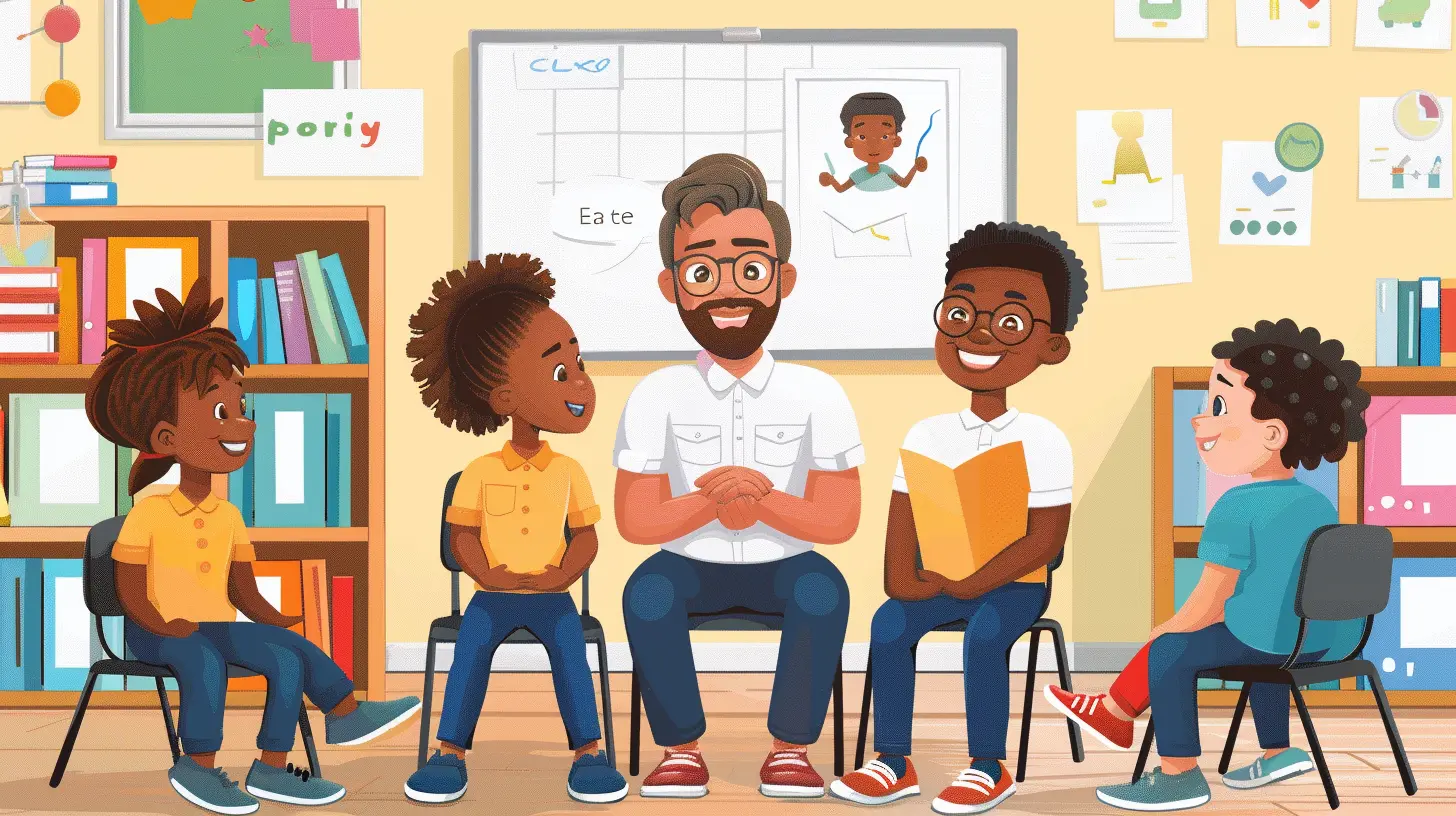
Start with a Shared Vision
You wouldn’t set off on a road trip without first agreeing on a destination, right? (Unless you enjoy arguing over directions mid-drive.)Collaboration begins with a shared vision—a clear understanding of what you’re trying to achieve together.
Set the Foundation:
- Talk about your goals. What do you want students to achieve academically, socially, and emotionally?- Align on values. Are you both committed to inclusion, differentiation, and positive behavior support?
- Clarify roles. Who’s doing what in the classroom? Planning? Grading? Behavior support?
Laying these cards on the table early can save a lot of frustration down the road.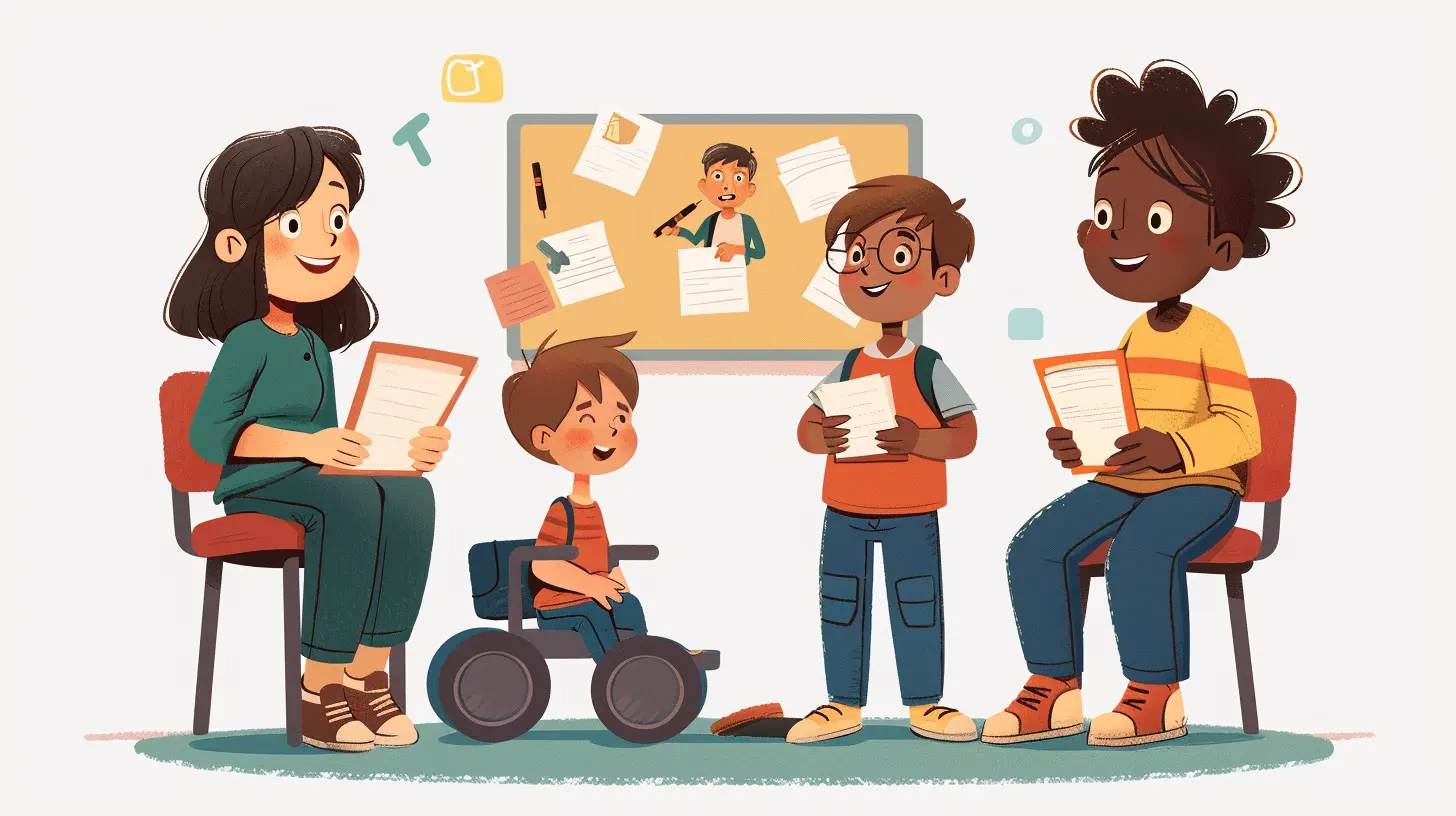
Communicate Like Champs
Wanna know the number one reason co-teaching falls apart?Communication breakdown.
We're talking ghosting each other on emails, assuming things without confirming, or worse—only talking during passing periods.
Fix it with these tips:
- Set weekly check-ins. Even 15 minutes to touch base can make a difference.- Use shared digital tools. Google Docs, Trello boards, or even a good ol’ shared calendar can help keep things organized.
- Be honest, not harsh. If something’s not working, say it—but kindly. Remember, you’re on the same team.
Communication doesn’t just help with the logistics—it builds trust. And when trust is high, collaboration flows like hot coffee on a Monday morning.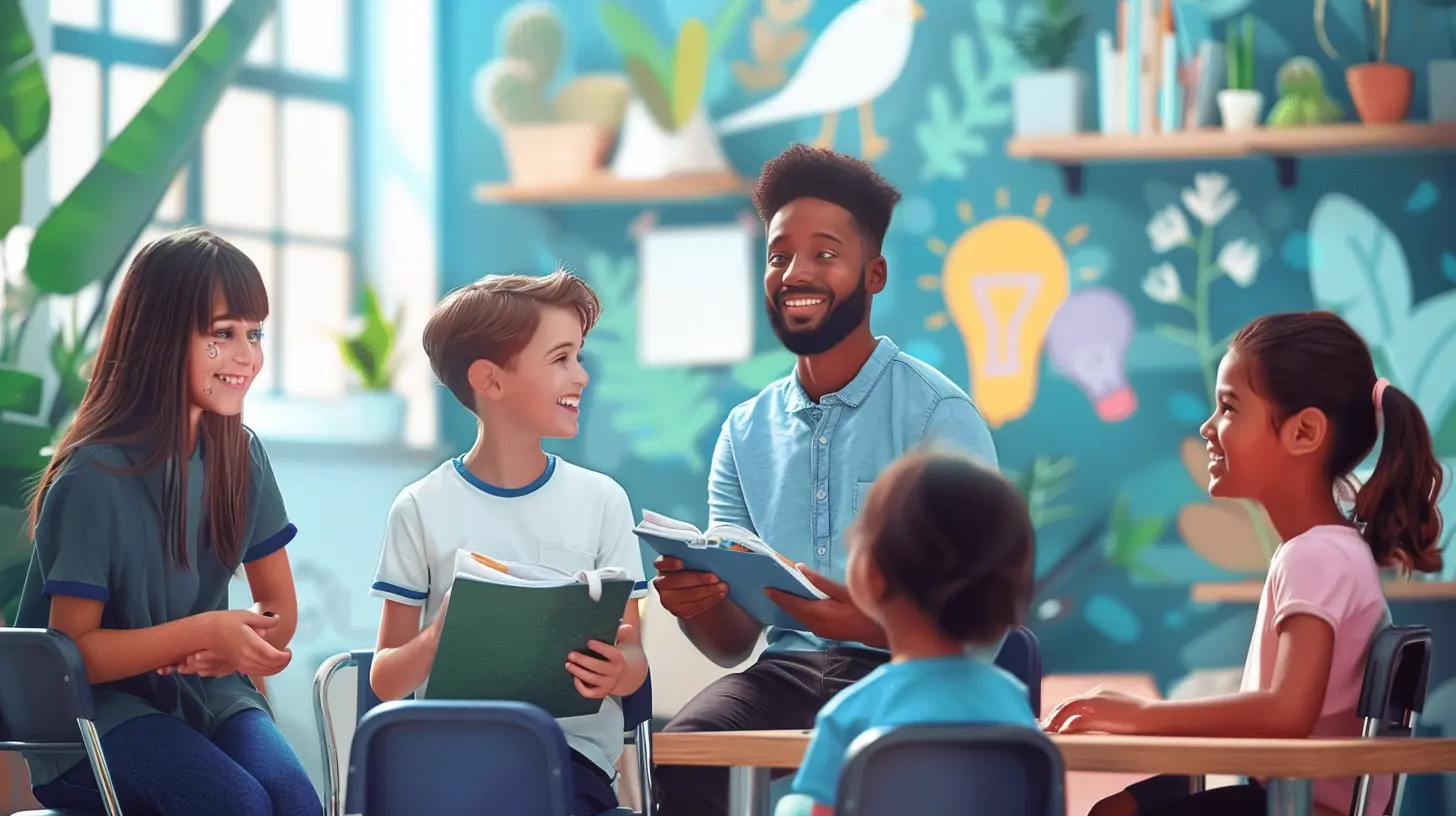
Embrace Co-Teaching Models
Alright, let’s get into the nitty-gritty.Co-teaching isn’t just standing side-by-side in a classroom. There are multiple ways to do it, and the best teams mix it up depending on the lesson, the students, and the day.
Popular Co-Teaching Styles:
1. One Teach, One Support – One leads instruction while the other offers support or observes.2. Station Teaching – Students rotate through stations run by each teacher.
3. Parallel Teaching – The class gets split into groups, and each teacher guides their own group.
4. Team Teaching – Both teachers tag-team the lesson together (think Batman and Robin vibes).
5. Alternative Teaching – One teacher works with a small group while the other handles the rest of the class.
No single method is best. Flexibility is key. Talk about what works, what doesn’t, and be willing to switch it up.
Plan Together (Yes, It’s Worth the Time)
Raise your hand if planning periods already feel too short 🙋We hear you.
But co-planning is where the real collaboration magic unfolds. It’s when you merge your knowledge, brainstorm strategies, and create lessons that truly serve all your learners.
Make Planning Time Work:
- Block dedicated time. Stick to it like it’s a staff meeting.- Use templates. Shared lesson plan templates can save time and streamline the process.
- Tag-team accommodations. General educators can outline the lesson while special educators suggest modifications or supports.
Even a quick brainstorm session over coffee can help you walk into the classroom with a united front.
Celebrate Each Other’s Strengths
This one’s big.General education teachers typically have deep knowledge of the curriculum. Special educators bring expertise in differentiation, accommodations, and behavior strategies.
Now imagine what happens when that knowledge is shared freely?
Boom. You become unstoppable.
Try This:
- Ask for advice. "Hey, how would you modify this for a student with processing delays?"- Offer suggestions. "We could try this visual support—it’s worked wonders in small group."
- Recognize wins. A shout-out in the hallway, a note in a planner, or just a genuine “thanks” can go a long way.
When you lift each other up, the students feel it too.
Navigate Conflict Like Pros
Let’s keep it real: disagreements will happen. You’re two different people with different experiences and opinions.But conflict doesn’t have to be a dealbreaker.
Handle Disagreements Gracefully:
- Assume positive intent. Most of the time, people aren’t trying to be difficult—they’re trying to help.- Talk face-to-face. Avoid passive-aggressive emails or venting in the teacher’s lounge.
- Focus on solutions. Instead of “what went wrong,” ask “what can we do better next time?”
Conflict is natural. But how you handle it? That defines your partnership.
Involve Admin (They’re Not the Enemy!)
Admins can either fuel strong collaboration or unknowingly sabotage it by not providing the time, support, or understanding needed.Get Admin on Your Side:
- Share successes. Let them know when co-teaching is working!- Advocate for planning time. Ask for coverage or built-in co-planning blocks.
- Invite them in. Encourage walk-throughs that show off your teamwork in action.
When admins see the power of teacher collaboration, they’re more likely to back it up with resources and support.
Don’t Forget the Students
At the end of the day, it’s all about the kids, right?Students benefit the most when they see their teachers working together like a real team. It creates a sense of safety, consistency, and inclusion.
Show Students the Power of Collaboration:
- Talk openly about your roles. Let them know you’re both there to support everyone.- Share expectations clearly and consistently.
- Handle transitions together so students feel secure and supported.
The more united you are, the more your students will trust the classroom process—and the more they’ll thrive.
Keep Growing Together
Professional development isn’t just for the solo educator anymore. Find ways to grow as a co-teaching team.Ideas to Explore:
- Attend conferences together.- Join co-teaching webinars.
- Start a book club focused on inclusive practices.
- Observe other co-teaching teams in action.
Think of collaboration like a muscle—the more you use it, the stronger it gets.
Final Thoughts (And a Pep Talk)
Let’s face it—collaboration isn’t always easy. It takes time, patience, flexibility, and a good dose of humility.But when general and special education teachers come together with a shared purpose and mutual respect?
Incredible things happen.
So whether you're just starting this journey or you’ve been tag-teaching for years, know this: what you're doing matters.
You're making learning better, more inclusive, and more joyful for every student in your classroom.
And that, my friend, is the kind of teamwork that changes lives.
all images in this post were generated using AI tools
Category:
Inclusive EducationAuthor:

Fiona McFarlin
Discussion
rate this article
1 comments
Hudson King
Collaboration thrives on mutual respect and shared goals; fostering open communication is essential for success.
August 10, 2025 at 12:40 PM

Fiona McFarlin
Absolutely! Mutual respect and clear communication are key to effective collaboration between special and general education teachers. Let's prioritize these elements for successful partnerships.
